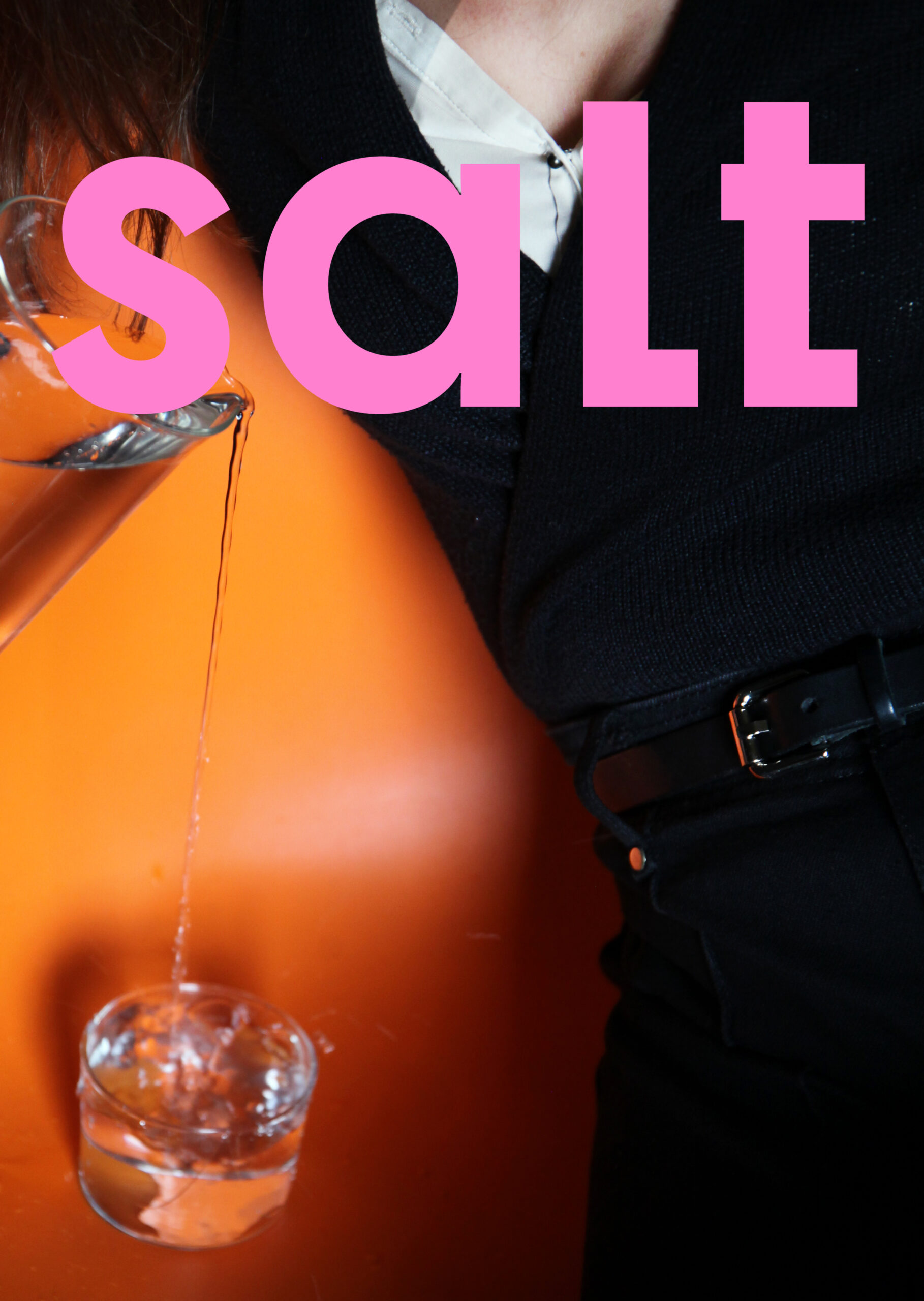The former firehouse in Sakharov Square, designed by Yerevan’s first chief architect Nikoghayos Buniatyan, has been abandoned for over a decade. Once a state protected heritage site, the building was privatized, and its survival and future remains unclear. But what is clear, yet known to few, is that the former fire station has had a secret lease on life, one that has inspired a community of artists to create and heal.
The Painter

Enter through the metal door of the left wing and you will find a number of art studios. One, on the second floor, is where Jora Gasparyan lives and paints.
We knew the building had been privatized, but after being abandoned for so many years, a group of us decided to make use of part of it. I’m one of the longest-standing residents here. I found the space in complete ruin, frequented only by looters and drug addicts. Over time, I cleaned it, fixed it up, and transformed it into the fully functional studio it is today.
I’m from Etchmiadzin and when I have long work days and need to be in Yerevan, I stay here. For a painter, the light here is a dream.
The space now has all the essential amenities—a bathroom, a kitchen, and even a cozy corner for my child. When my wife and child visit, I want it to be as comfortable for them as it is for me.
Working in this building is a true pleasure, and our presence here benefits the space as well. We maintain it, preventing it from falling into disrepair.

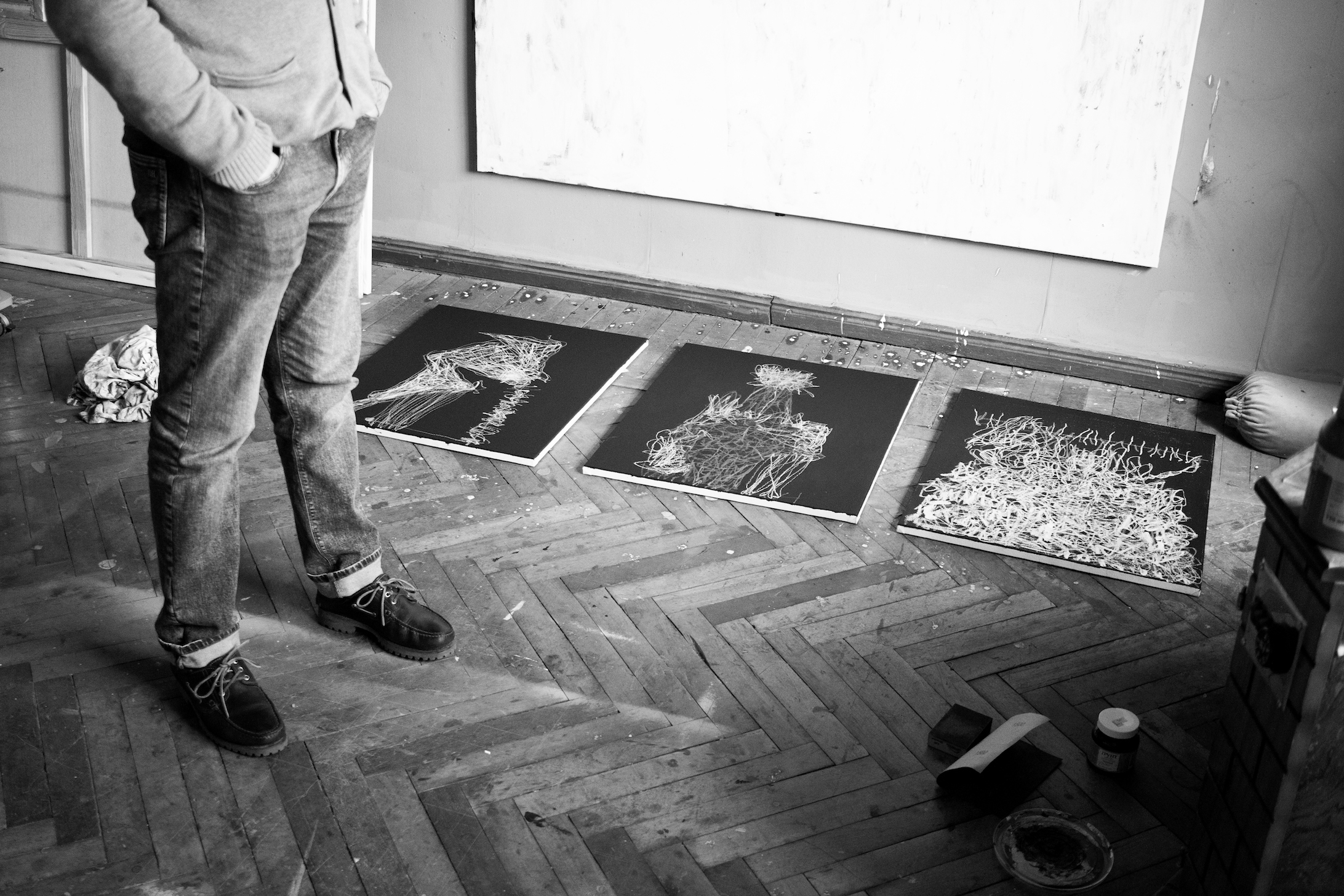

The Actor
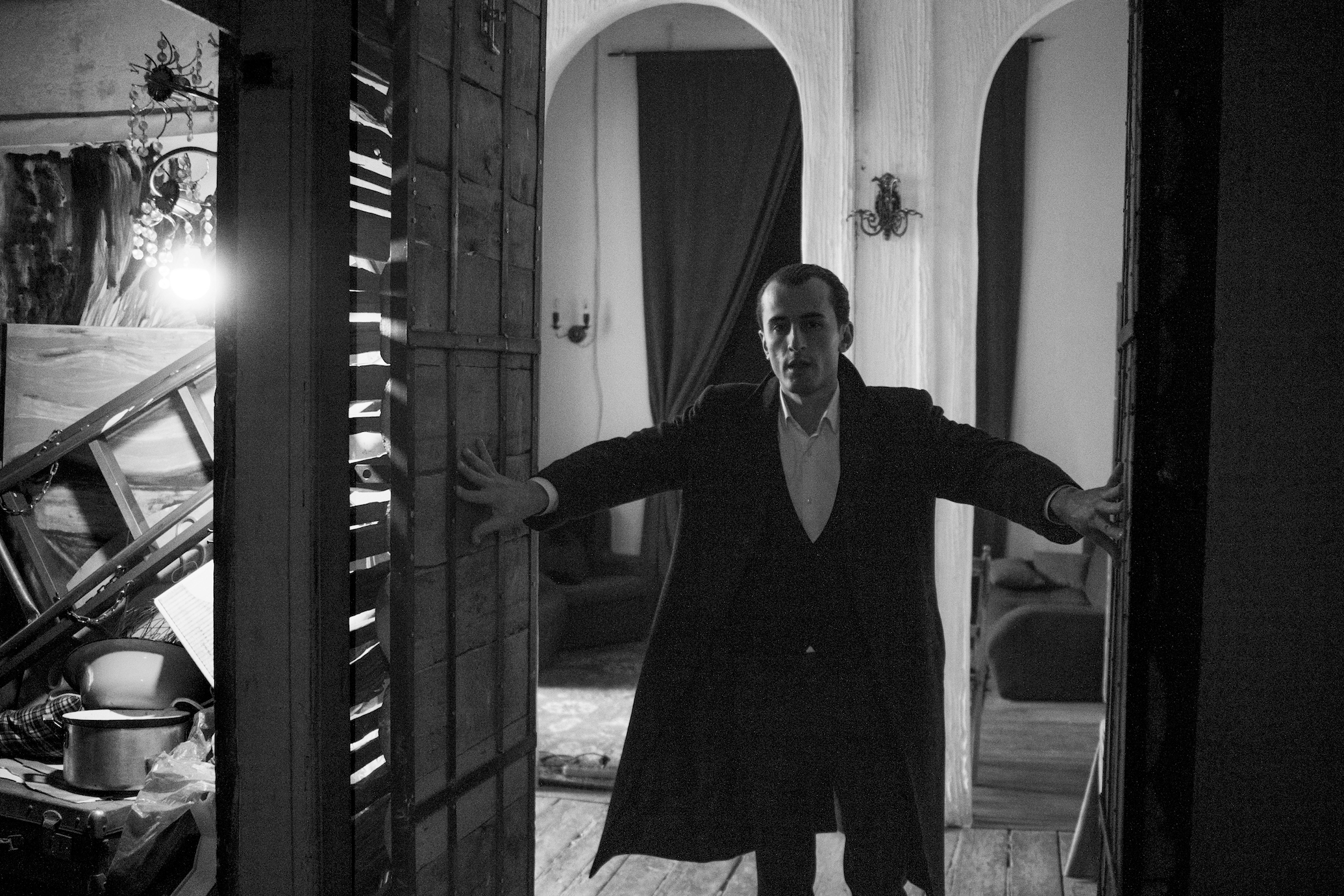
On the second floor, beyond the worn wooden walls and a dimly lit corridor, lies the Babylon Theater, founded by Harutyun Hovhannesyan.
We started Babylon in 2021, and today it’s a thriving theater company. This is not only where we perform but also where we host other companies for performances and events. Our troupe is the backbone, but collaborating with other artists expands our creative horizons.
The space is perfectly suited for freestyle performance; there is a table around which both the actors and audience sit.
After the 2020 Artsakh War, the mood was somber and heavy—hope seemed lost. We realized that the pent-up energy needed to be transformed into something creative. The building itself was in ruins, with rubble and garbage everywhere, but even in its desolation, I saw potential. It took seven months of relentless work to transform it into what it is today.
Even if one day this place is gone, I will have no regrets. The experience was an important life lesson. I’m not a romantic—we know this place will be gone one day, and naming our theater “Babylon” reflects that inevitability. Yet, setting our roots here has strengthened us, given us purpose, and made us feel needed.
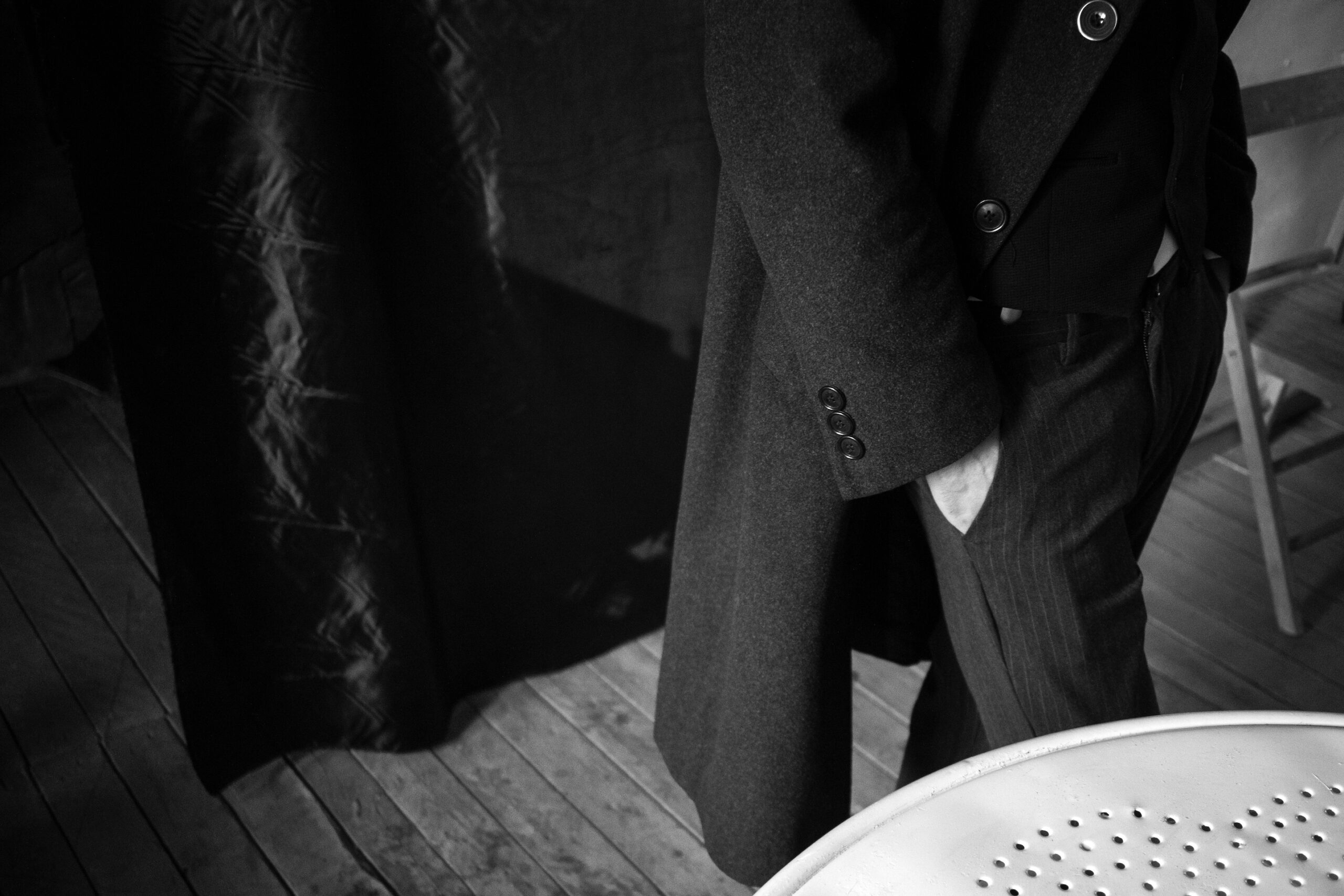
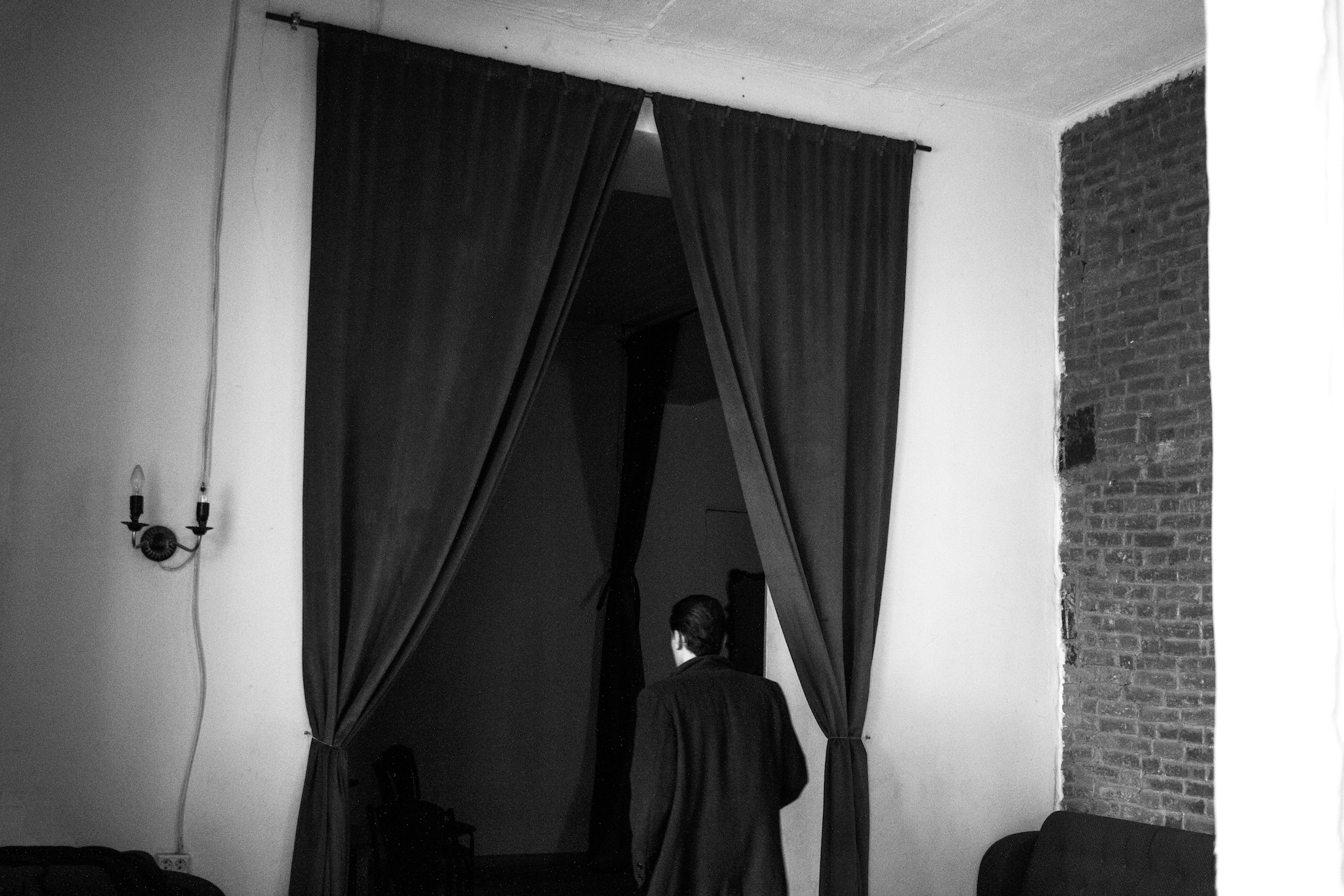
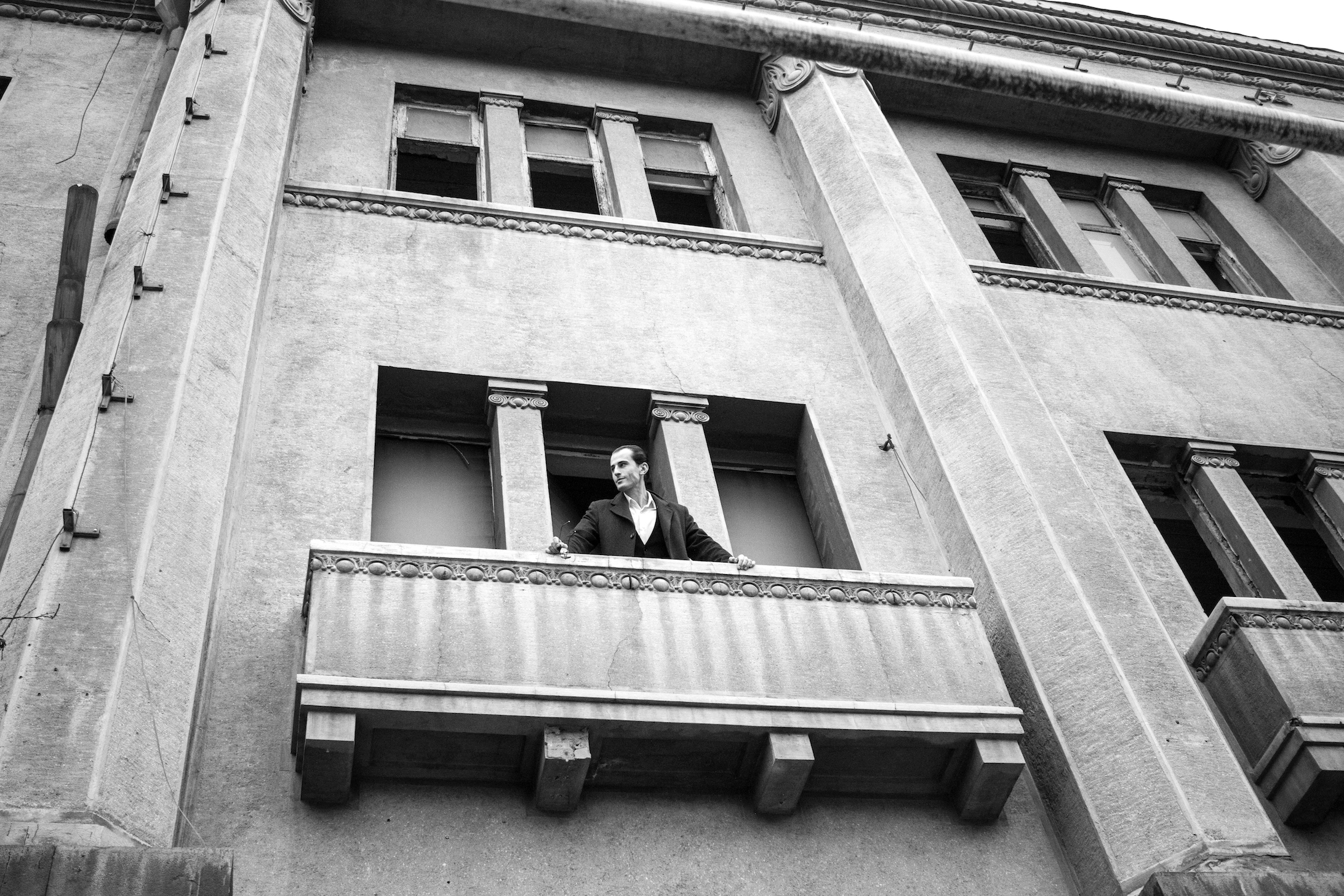
The Sculptor
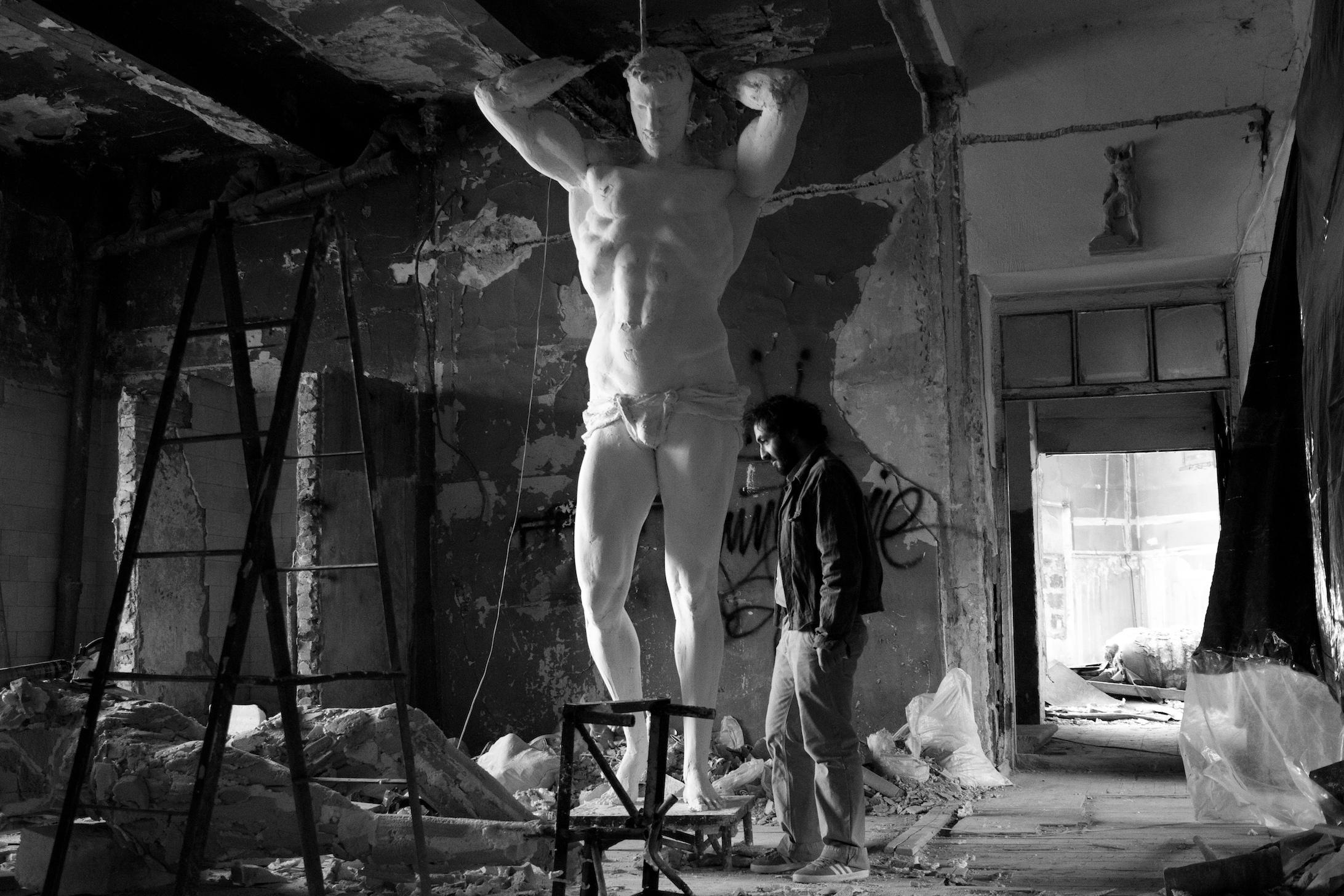
Smpat Manukyan lives and works on the fourth floor, the highest point in the building.
I came here nine years ago, when I was a student at the Terlemezyan College of Fine Arts. I later moved to Russia to study at the Repin Academy of Arts but returned.
This is where I spend most of my time, and I truly believe that how you do something matters more than what you do. Here, I can be my authentic, unrestricted self. I work freely without fear of complaints, and it’s the same for everyone else—we’re kindred spirits…
I also have a second workshop on the other side of the building. As a sculptor, my focus is the human body, and right now, I’m working on a commission to create Atlas.
This space has its own history. It used to house the fire station’s watchtower, once one of the highest points in the city. From here, firefighters would keep vigil, scanning the skyline for rising smoke. Now, it’s my turn to have the view of the city.
I believe this building is solid—rain, earthquakes, and time won’t destroy it. Only deliberate demolition could bring it down.

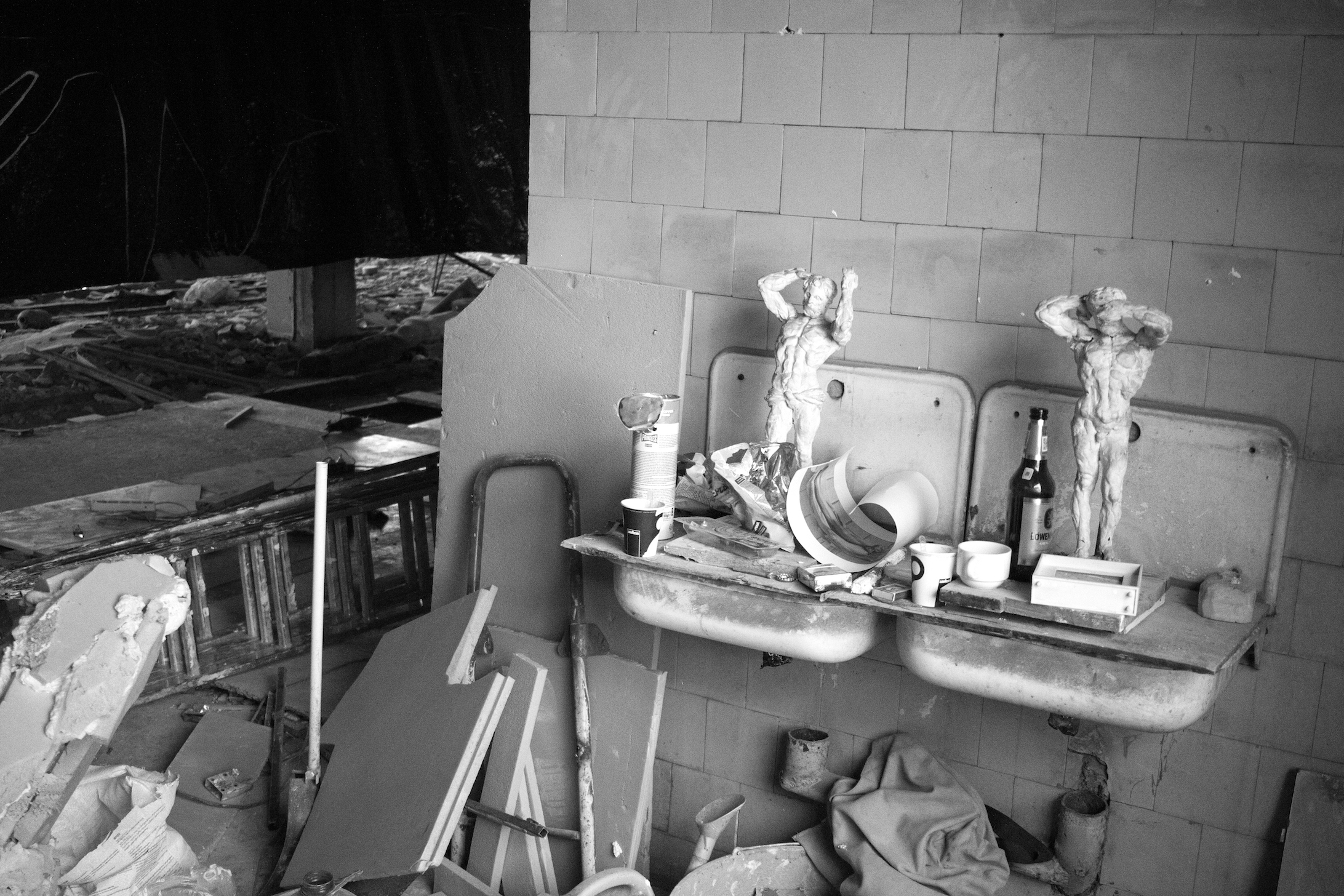
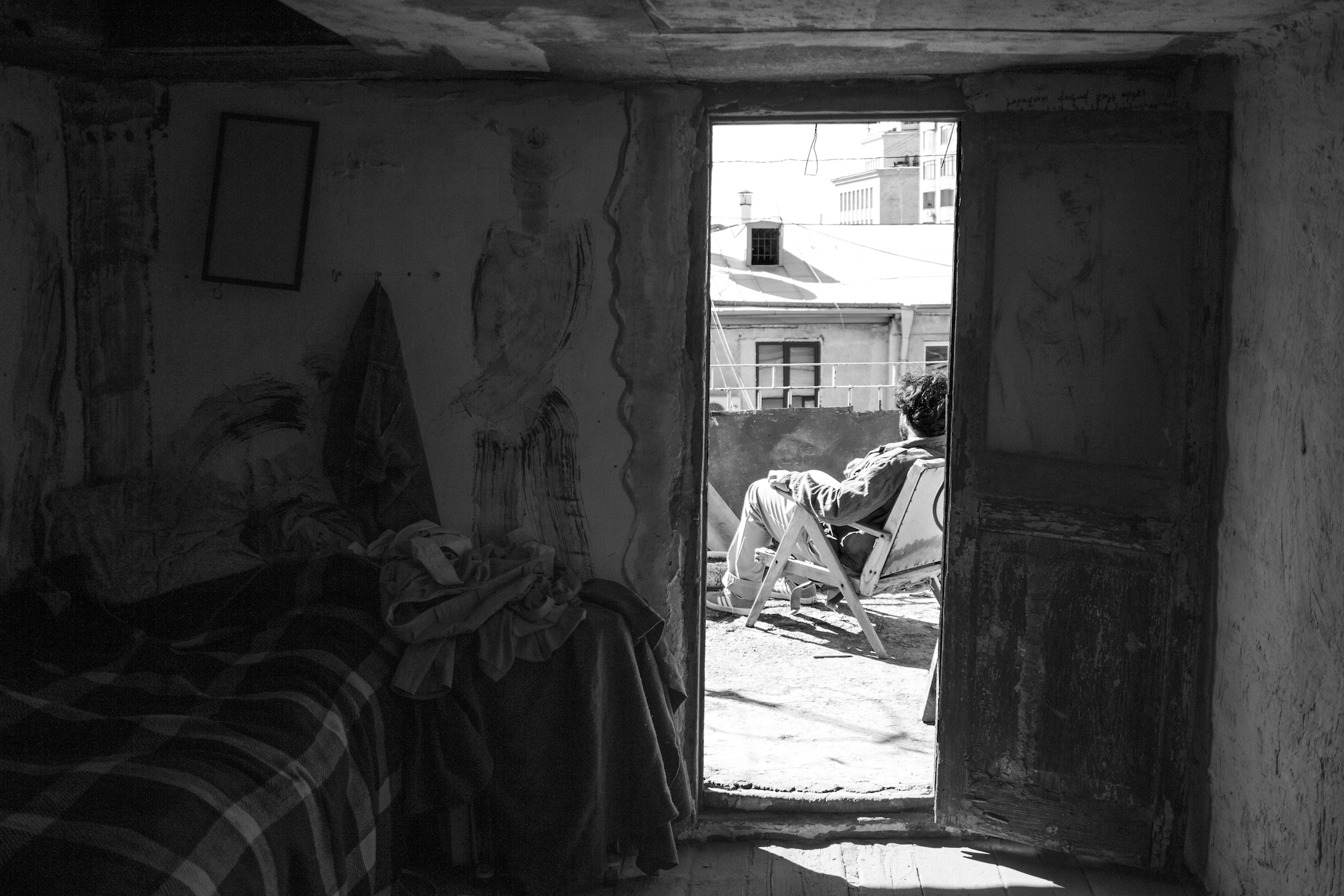
The Musician
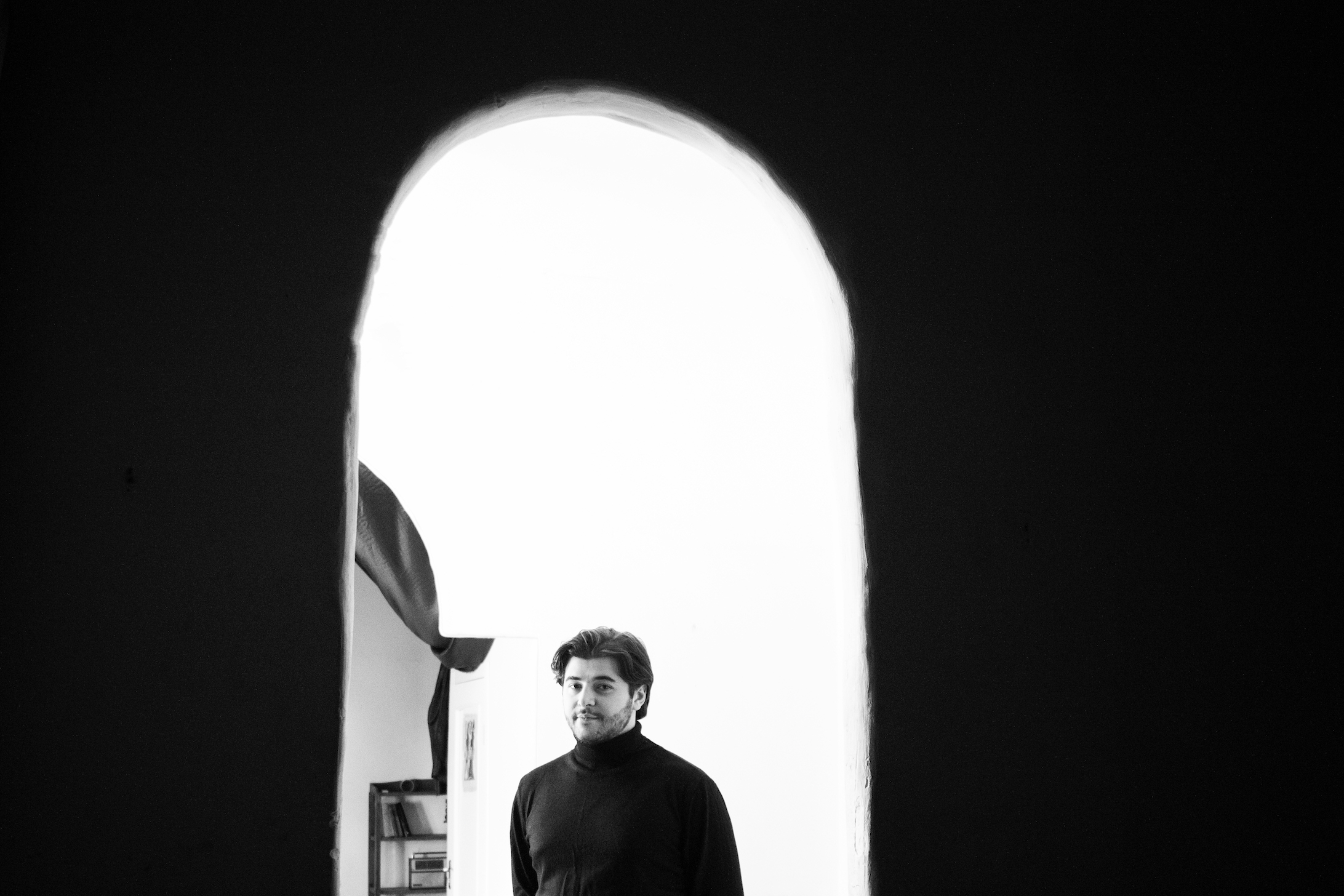
Sometimes, music drifts through the old fire station. Follow it, and you’ll find Vahan Hovhannesyan.
It was after I returned from my military service that I decided to start the “Vanakan” band.
For the past three years, this space has been everything to us. It’s where we create, we practice. I sing and play the piano, but I can’t say we have a fixed genre. Sometimes we draw inspiration from the greats—Mashtots, Narekatsi, Charents—but more often, we write our own lyrics. More than 30 songs have been born within these walls.
Even if you don’t know its history, you can feel the energy here. The walls seem to resonate, holding onto something intangible. Creating in this space is an elevated, unique experience, unlike anything else.
Our own energy has become part of the building now. We worked tirelessly to shape this space, and our labor has woven itself into its very fabric. If anything were to happen to this place, it would be a great loss. But as long as it stands, we’ll keep filling it with inspiration and music.
The people who share this place are genuine artists, it has become home to uncorrupted art.
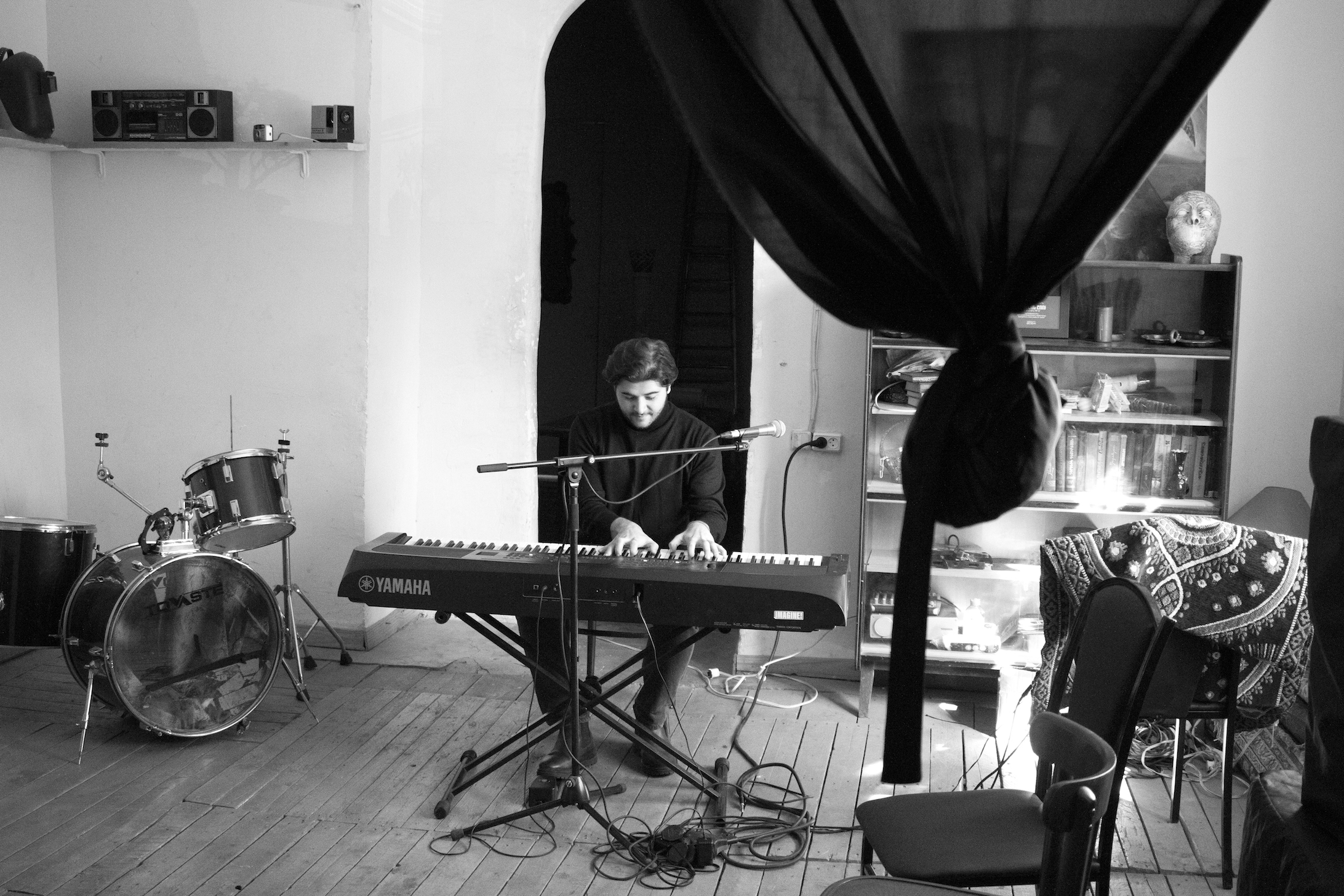
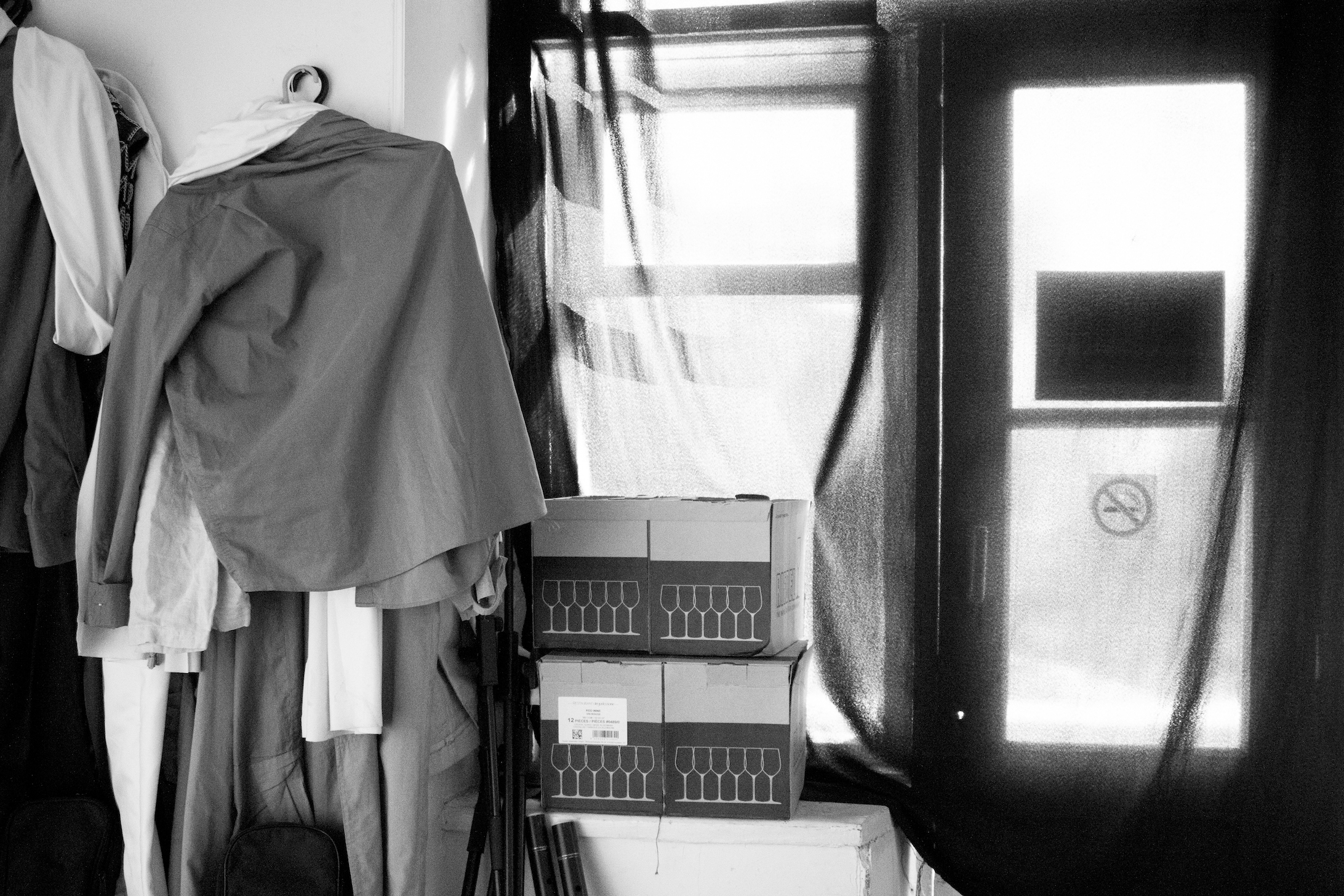
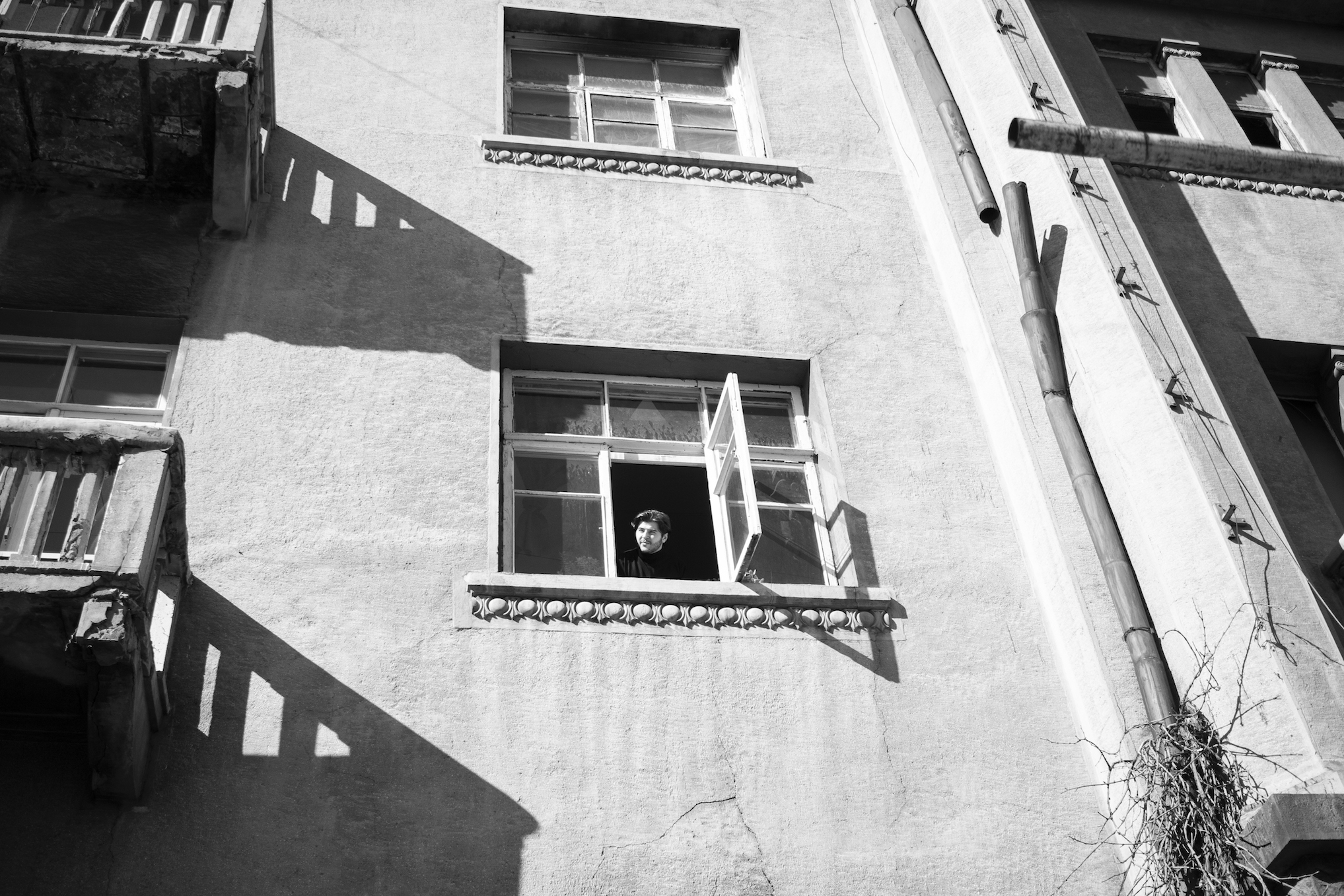
The Building
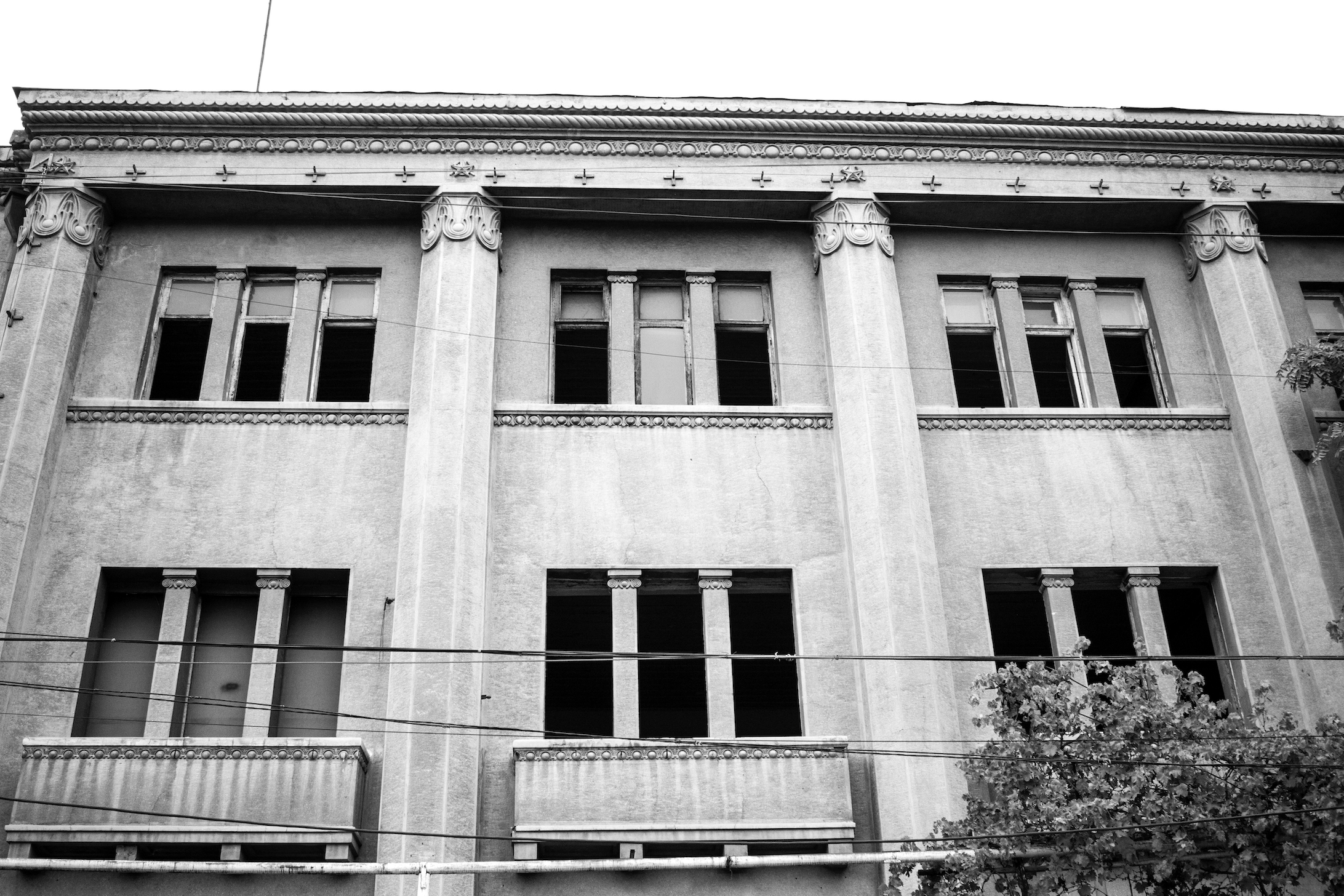
Issue N2
Design & Recycling
